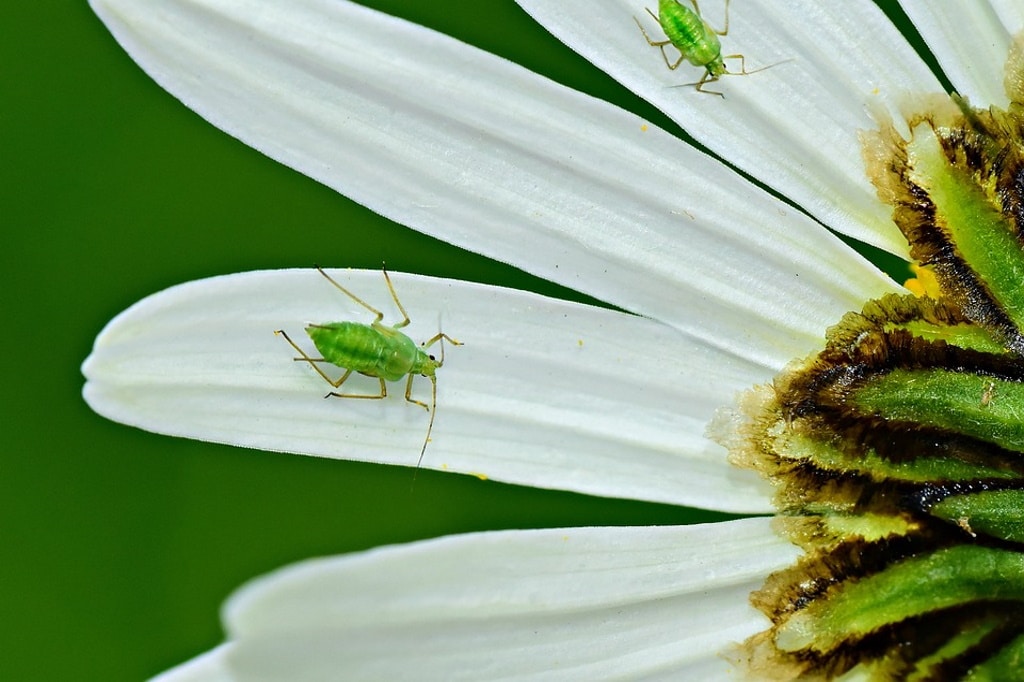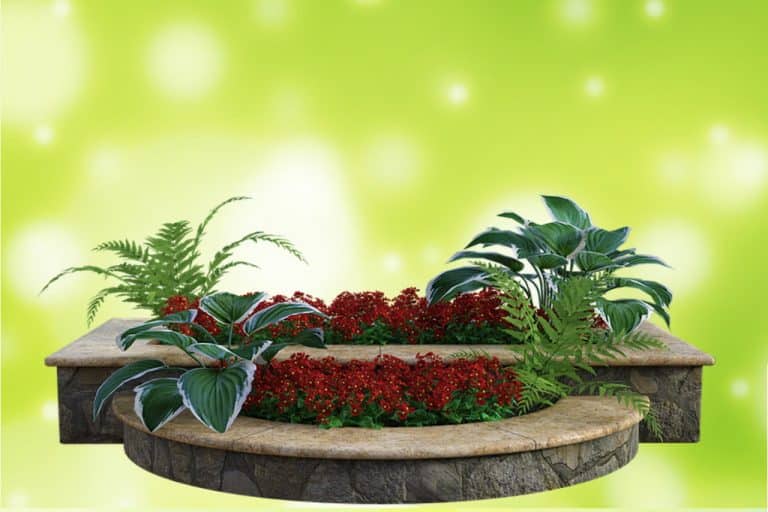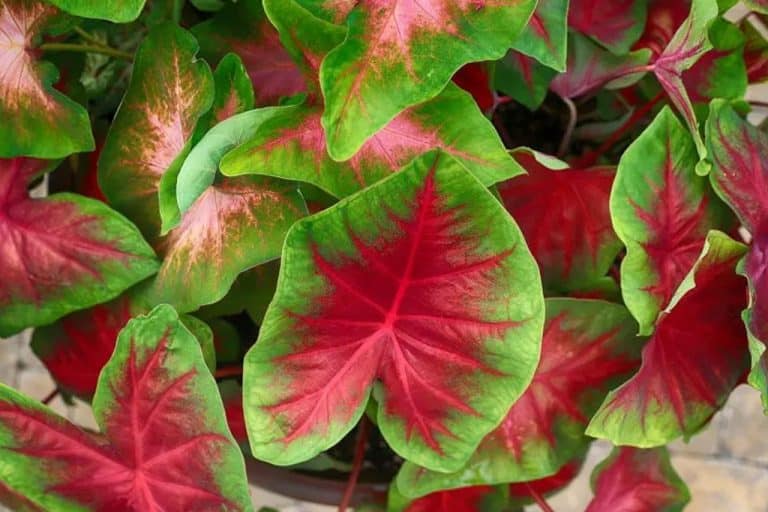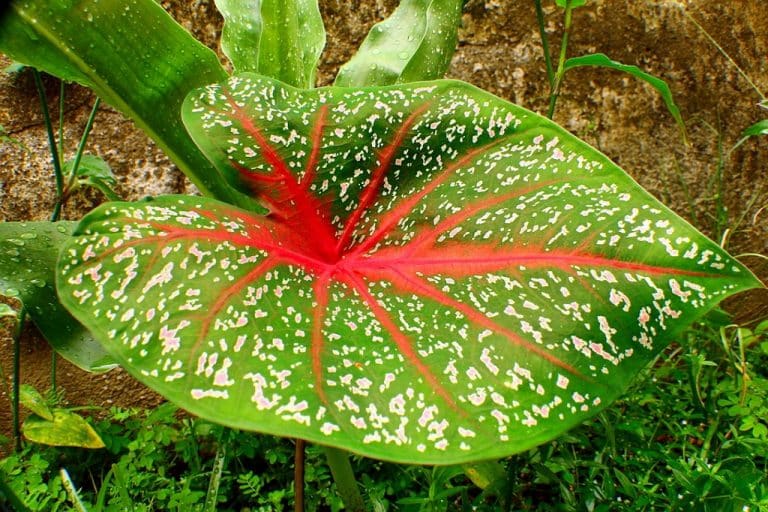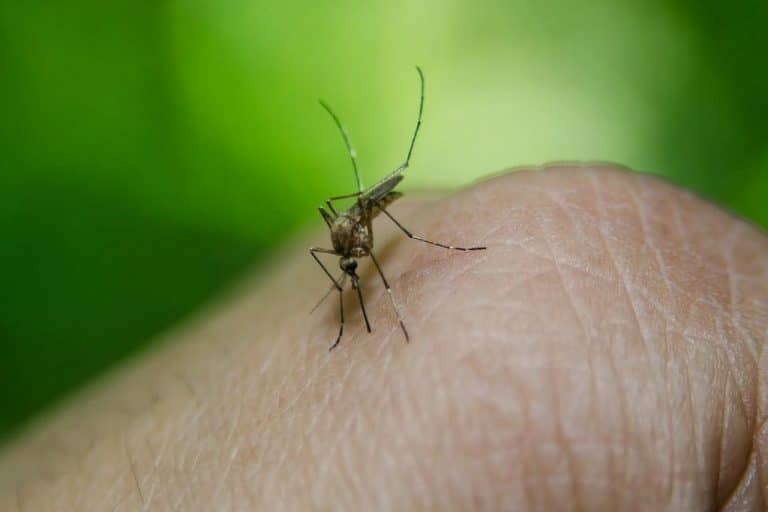The best natural recipes againts aphids
The pest season has started and probally you find aphids on your plants in gardens and on balconies.
Aphids are pests that feed on the young and juicy parts of the plant – the leaves. They reproduce quickly and can cause great plant damage.
This pest is most active from June to September, but the sudden rise in temperature after longer periods of rain creates ideal breeding conditions. The optimal temperature for the growth of aphids is 20-28°C, and the air humidity is around 60%.
Regardless of the number of ladybugs that feed on them, aphids are the most common pests in the garden. Carrots, celery, parsley, peppers and roses are just some of the most commonly exposed plants. Infected leaves appear deformed, look ragged, curl and turn yellowish. Sometimes they cause more damage by transmitting disease than by sucking the juices from the plant itself.
These predators can be controlled by installing protective nets or adhesive tiles and using natural or chemical means.
Protective plants
The best help in an organic garden is a trap or protective plants that attract pests like a magnet. Curly sorrel, which is best known to us as a weed, is actually a protective plant, especially if it is planted next to Swiss chard.
You can also use elderberry as a trap, which attracts aphids. Tropaeolum next to cabbage plants attracts caterpillars. This beautiful flowering plant is also attractive to aphids. Flowering plants such as Marigolds and Tagetes work through the soil. Their roots secrete phytoncides, compounds that repel root nematodes, microscopic worms that attack the roots of fruit trees, but also many vegetable gardens. Although they are difficult to see, the consequences of their actions are easy to see; weaker growth, yellow leaves and even curling of leaves (in cabbage).
Control of aphids
There are several ways to get rid of aphids:
- using chemical preparations
- naturally.
Chemical preparations for controlling aphids are pesticides. However, the use of pesticides is better to be avoided because there are many natural methods against aphids.
These are:
- methods of washing and physical removal of aphids – affected leaves, parts and stems can be cut off, rinsed with a stream of water or sprayed with sugar juice to wash the aphids off or stick to the plant di
- preparations made from useful plants such as nettle – these plants are a source of natural pesticides
- planting useful plants near plants that attack aphids – such as lavender, coriander or calendula
- the use of insects and birds as natural defense mechanisms against aphids – ladybugs, flies or bedbugs
- preparations against aphids – from ash, soapy water or alcohol.
Natural preparations for controlling aphids
- Milk against aphids from nettle
Fill a large container with nettle leaves. Cover the nettle with water and the container with a net. If the solution starts to foam, add a handful of lime. Use the fertilizer for watering the plants, mixed with water in a ratio of 1:10, every 3-5 days.
- Preparing a solution with soapy water against aphids (for non-edible plants)
Add 50 ml of dishwashing detergent to four liters of water. Spray the plants with this, especially the underside of the leaves.
- Preparation of alcohol and soap solution
Buy 70% alcohol. Mix two cups of rubbing alcohol with five glasses of water and a few drops of dish detergent. Before using it on the whole plant, test how one leaf reacts to the solution, within a few days of application.
- Tobacco preparation
Tobacco can be used to combat aphids in two ways:
sprinkle cigar ash on the soil around the plant that has been attacked by aphids
make a tea from tobacco leaves by soaking it in warm water for three hours and adding a little dishwashing detergent to it, then spray the plant with it.
- Preparation of wormwood
Pour 30 g of dry wormwood with 10 liters of water and leave overnight. Spray or water the plant with this preparation in a ratio of 1:10 in relation to water.
Preparation made from sour milk
A preparation made from sour milk is often used as a natural protection against aphids. Make a mixture of 250 ml of sour milk, 1 l of water and 2 tablespoons of flour. Spray the plants well, a protective film will form.
Useful plants that can help
In places where you want to protect plants, you can plant: plants that aphids “like” more – goosefoots, great passionflower, common bean
plants that repel aphids – calendula, nettle, lavender.
- Aphids on flowers
Aphids often attack beautiful decorative and balcony flowers. Balcony flowers are not in direct contact with other plants, so they are particularly sensitive to pests such as aphids, which quickly deplete nutrients.
- Aphids on roses
Aphids like to attack beautiful and delicate roses, especially in the summer months. They attack: flower buds leaves flower petals. The rose aphid is called Macrosiphum rosae.
When it comes to plants with edible fruits, it is not wise to spray aphids with soapy or detergent solutions. Such spraying can destroy the fruits themselves or poison people and animals that feed on them.
Aphids often gather in parts of the vegetable garden that are exposed to the wind. The increased presence of ladybugs indicates the possible development of aphids on the leaves, especially on the underside

